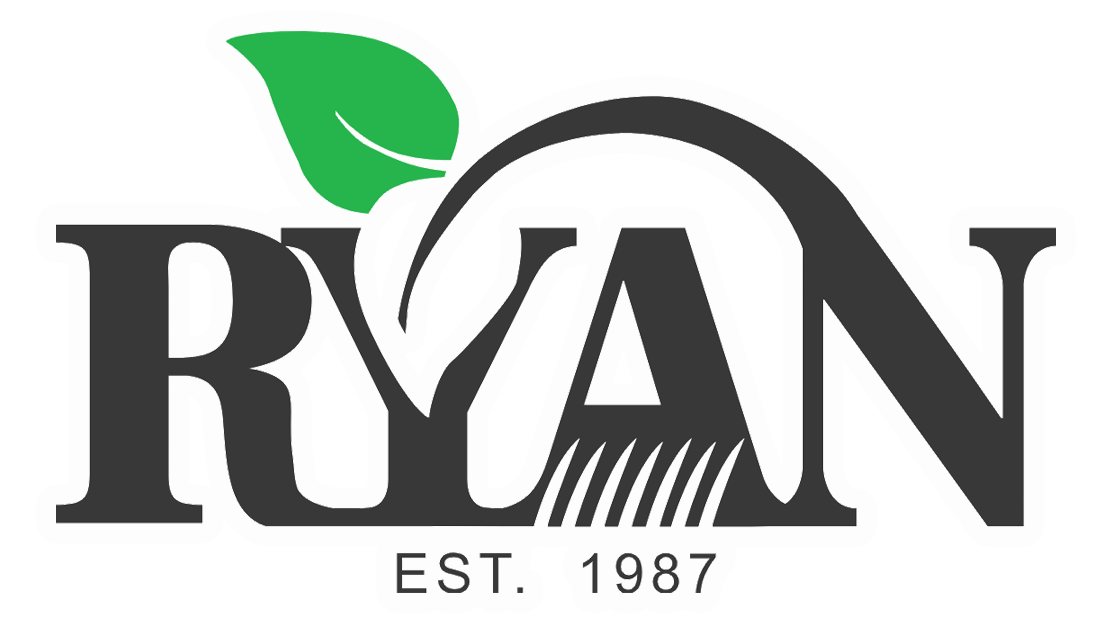The watering needs of plants are dependent on a variety of factors, including but not limited to: type of plant, placement of plant within the landscape, and exposure to elements such as sun, shade, or wind. Below is a general watering guide. Be sure to read our section on the physical symptoms of both overwatering and under watering and how to correct these issues.
New Trees
| Spring <80° | Summer >80° | Fall <80° | |
| Number of Days per Week | 1 | 2 | 1 |
| Duration | Through the remainder of the season | ||
| Turn on watering hose to a slight trickle and lay it at the base of the tree for approximately 20 to 30 minutes. Repeat this step on the other side of the tree | |||
New Shrubs
| Spring <80° | Summer >80° | Fall <80° | |
| Number of Days per Week | 2 | 3 | 2 |
| Duration | Through the remainder of the season | ||
| Turn on watering hose to a light stream and hold above the plant for approximately 30 seconds. Moving the hose in a circular pattern around the shrub is recommended for even distribution of water | |||
New Perennials and Grasses
| Spring <80° | Summer >80° | Fall <80° | |
| Number of Days per Week | 3 | 4-5 | 3 |
| Duration | Through the remainder of the season | ||
| Turn on watering hose to a light stream and hold above the plant for approximately 30 seconds. Moving the hose in a circular pattern around the shrub is recommended for even distribution of water | |||
New Turf Installation, Sod, or Seed
| Spring <80° | Summer >80° | Fall <80° | |
| Daily Watering Schedule | 2 | 3 | 2 |
| Duration | 2 weeks | 3 weeks | 2 weeks |
| Suggested Start Times | 3am, 11am | 3am, 11am, 5pm | 3am, 11am |
| Seeding may require more frequent watering at shorter intervals than sod installation. If a lawn is thin or 50% bare, it lacks sufficient turf coverage to hold the seed in place. In cases such as this, increase the daily watering schedule to 4 times/day and reduce the watering time to 60%. | |||
| Rotor & MPR Zones | Spray Zones | |
| Sprinkler System | 1 hour each time | 20 min each time |
| Manual Sprinkler | 1 hour per day in each area | |
Signs of Plant Distress:
- Wilting can mean the plant is getting too little or too much water. In order to tell the difference, check the soil.
- If the soil is wet, soggy, or smells foul, you have an overwatering issue.
- If the soil is dry at a depth of less than 2 inches, you may have an under watering issue.
- If leaves have a yellow tint to them, the plant may be taking in too much water.
- Leaf tips turn brown if the plant is getting too much water or too little water.
- Plants that are getting too much water may have soft and limp leaf tips.
- Plants that are not getting enough water may have crisp and dehydrated leaf tips.
How to Correct Overwatering:
Avoid watering until the soil dries out. If the leaves are starting to look at little brittle, mist the leaves as needed until the soil dries out.
Considerations for Proper Watering:
- Established plants no longer need as much water and benefit from deep, infrequent watering to develop a
deeper root system. Approximately one inch of water per week, including rain, should be sufficient. - Ensure that mulch, compost, or rock around the base of a plant is no more than 3 inches deep so
water can move through the ground, making it readily available for plant roots. - The top surface may be dry while the subsurface contains appropriate moisture. Stick a screwdriver or probe into the soil.
The plant has enough water if the screwdriver or probe has damp soil on it when it is removed from the soil.









